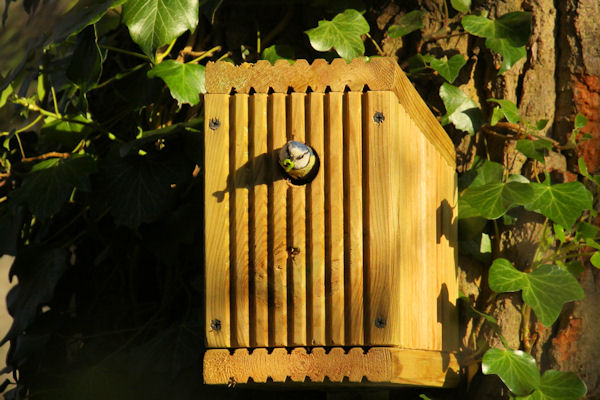Catkins
Male Sallow catkins attract insects as a rich, early season source of pollen, but they rely on wind for pollenation.
Catkins are not bright and showy to attract insects and birds to assist with their pollination, but they make up for their demure appearance by producing prodigious amounts of pollen. It must be light to be carried by the wind and there needs to be a lot of it to stand a chance, against the odds, of finding a corresponding female stigma. So the atmosphere is full of it and hay fever sufferers find it difficult at this time of year.
Discarded male Sallow catkins
Once the male catkins have released their pollen, their job is done and they are discarded from the tree. The pollinated female catkins' job now is to develop and ripen the seeds, nuts or fruit.
Female sallow catkin
The seeds of the Sallow develop as white, downy fluff that cover the female catkins and coat the woodland floor, collecting in drifts when blown by the wind.
Some trees, such as the Wild Cherry or Hawthorn, favour the more familiar method, producing flowers that attract insects and birds to help with the pollination process, but many of the trees in Bicknor Wood prefer the catkin approach.
Some of them have both gender of catkin on the same tree (Silver Birch, Hazel, English Oak, Sessile Oak) and are known as monecious.
The Hornbeam carries male catkins, but the female flowers are contained within bracts at the end of the branch.




.jpg)






Comments
Post a Comment